As we mentioned in Brillante Mendoza's “Mindanao” the homonymous island has been a place of violent conflict since the 60s, when President Marcos's tactics that promoted Christian settling in the area, resulted in the displacement of the local Muslim population. The Maguindanao massacre (2009), the Mamasapano clash (2015) and the Battle of Marawi (2017) are the latest in a series of bloody events, and the area is still under martial law, following the orders of President Duterte. Three years before Mendoza's effort, Sheron Dayoc shot another movie that focuses on the troubled area, with his approach being quite realistic, as dictated by the story, but also the fact that the cast is comprised completely of local non-actors who use the Tausug dialect throughout the film.
The movie focuses on the story of Satra, a young widow whose family feud with the Ishmaels that started over stolen land some generations ago, has taken a great toll to both families, claiming sons, husbands and fathers, including her own, with the violence also affecting a number of other families in the area who pressure both rivals to negotiate a truce. As the film begins, Farida, an elderly woman who seems to command much respect, tries to act as mediator addressing Satra's family, but her father-in-law, Mustafa, and her brother are not willing to drop the fight, continuously insisting on revenge. Satra is afraid for her kid son Hassim, but she is also seeking revenge. As the violent acts continue and the toll becomes even more significant, something seems to change in her.
Sheron Dayoc pulls no punches in presenting the hellish situations this kind of vendettas create (they are called “rido” in the area), as we watch families that cannot move forward with their lives in any way, since their sole purpose is revenge and defending from the attacks of their rivals. The realism of the portrayal leaves no room for any kind of romantization or optimism, with the path the two families follow being a continuous downward spiral where every episode seems to bring more death and more anger, but no kind of change of mind. This aspect finds its apogee in the scenes involving kids of 8 to 10 years old, who seem to feel the same hatred and are equally eager to resort to violence to channel it, with the kind of world they live in being the sole reason for their actions.
Dayoc eventually proposes a kind of solution, but again, this is not an optimistic way out but another path of pain that may work, although not without casualties. The fact that the only people who show some logic in this setting are women, could be perceived as a feminist comment, also because the men in the film are portrayed as particularly headstrong. Again though, the change, even for women, comes slowly and through extreme suffering.
The narrative unfolds through a very slow pace with the editing by Carlo Francisco Manatad allowing each scene to last long enough for the audience to understand the suffering involved. DP Rommel Sales also communicates this sentiment through a number of close-ups to the faces of the protagonists and particularly of Satra, with his shots pulling farthest away when dealing with the men, on par with the aforementioned narrative element. However, inside all this rather dramatic setting, images that highlight the beauty of the area and particularly the river are also included, in a much needed tactic that allows the viewer brief breaks from the reality the movie depicts.
The acting, despite that the cast is comprised of non-actors, is on a very high level, a trait that should also be attributed to Deyoc's direction. Laila Ulao as Satra in particular, gives a great performance, as she manages to communicate her discomfort and the gradual change she experiences in laconic but very eloquent fashion. The camera focuses on her quite frequently, as her beauty also works very well for the narrative. Taha Daranda as Mustafa is also quite good, presenting his headstrong, unwavering nature in the best fashion.
“Women of the Weeping River” is slow and painful, but that is exactly how life in Mindanao is, with the fact emerging as the film's biggest triumph.


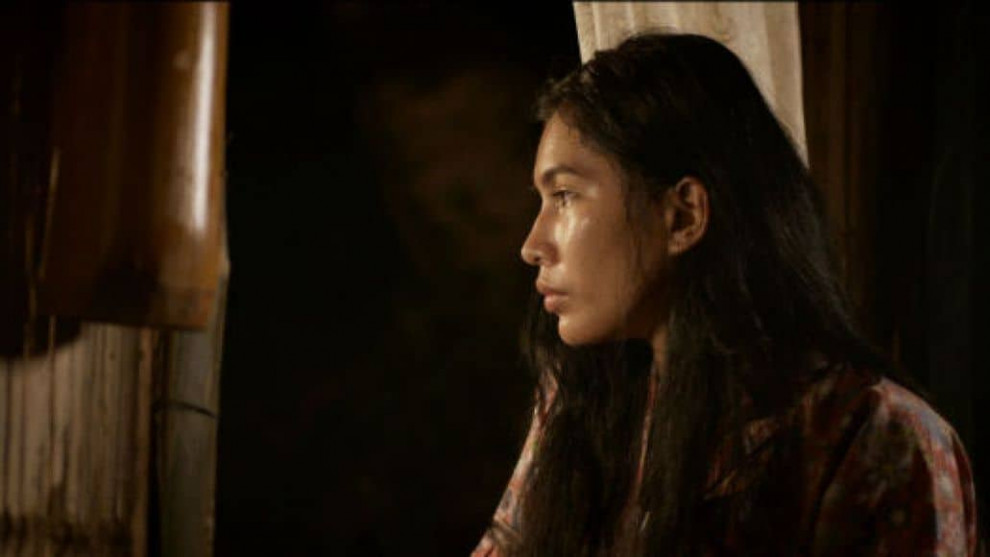
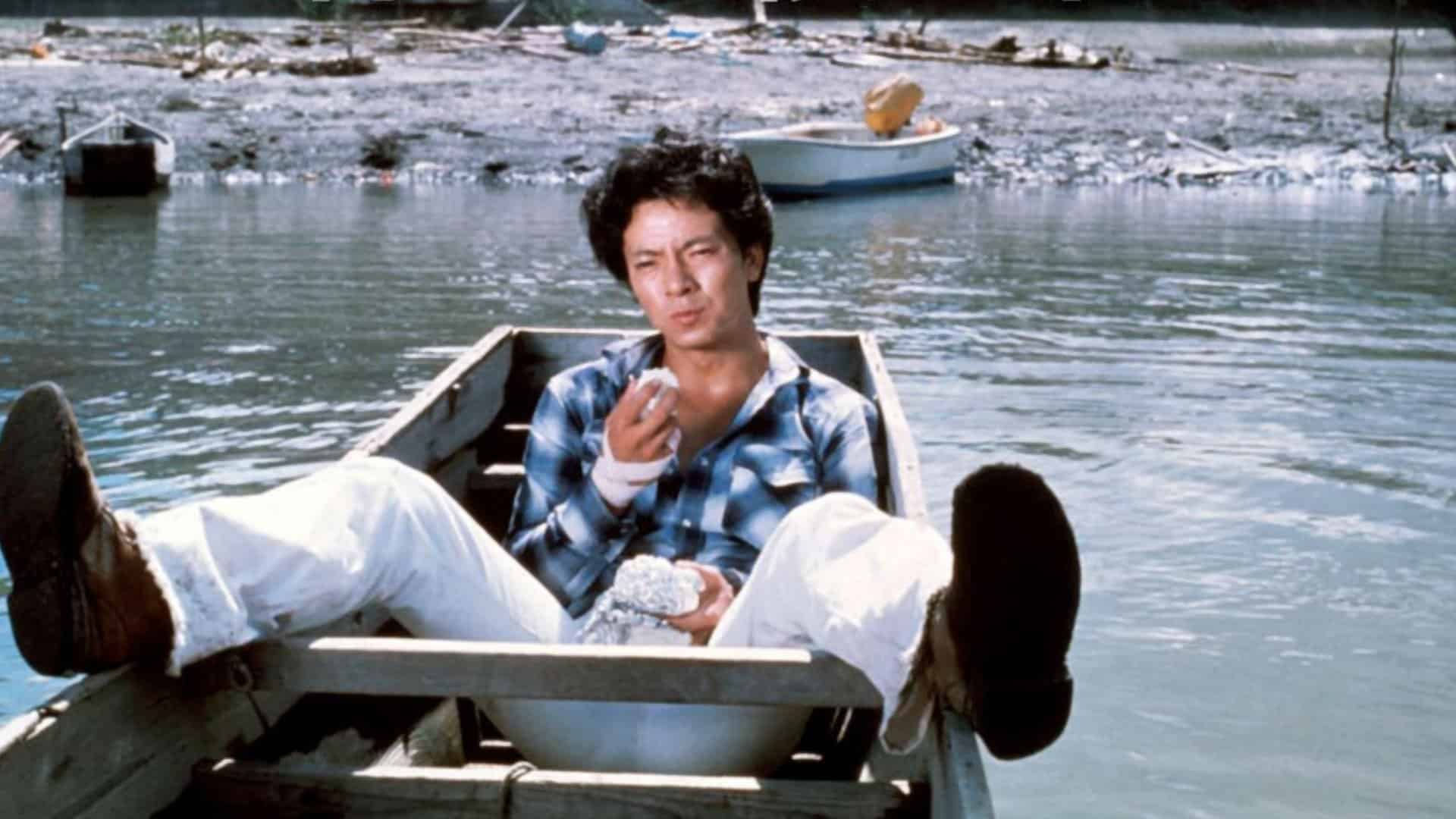


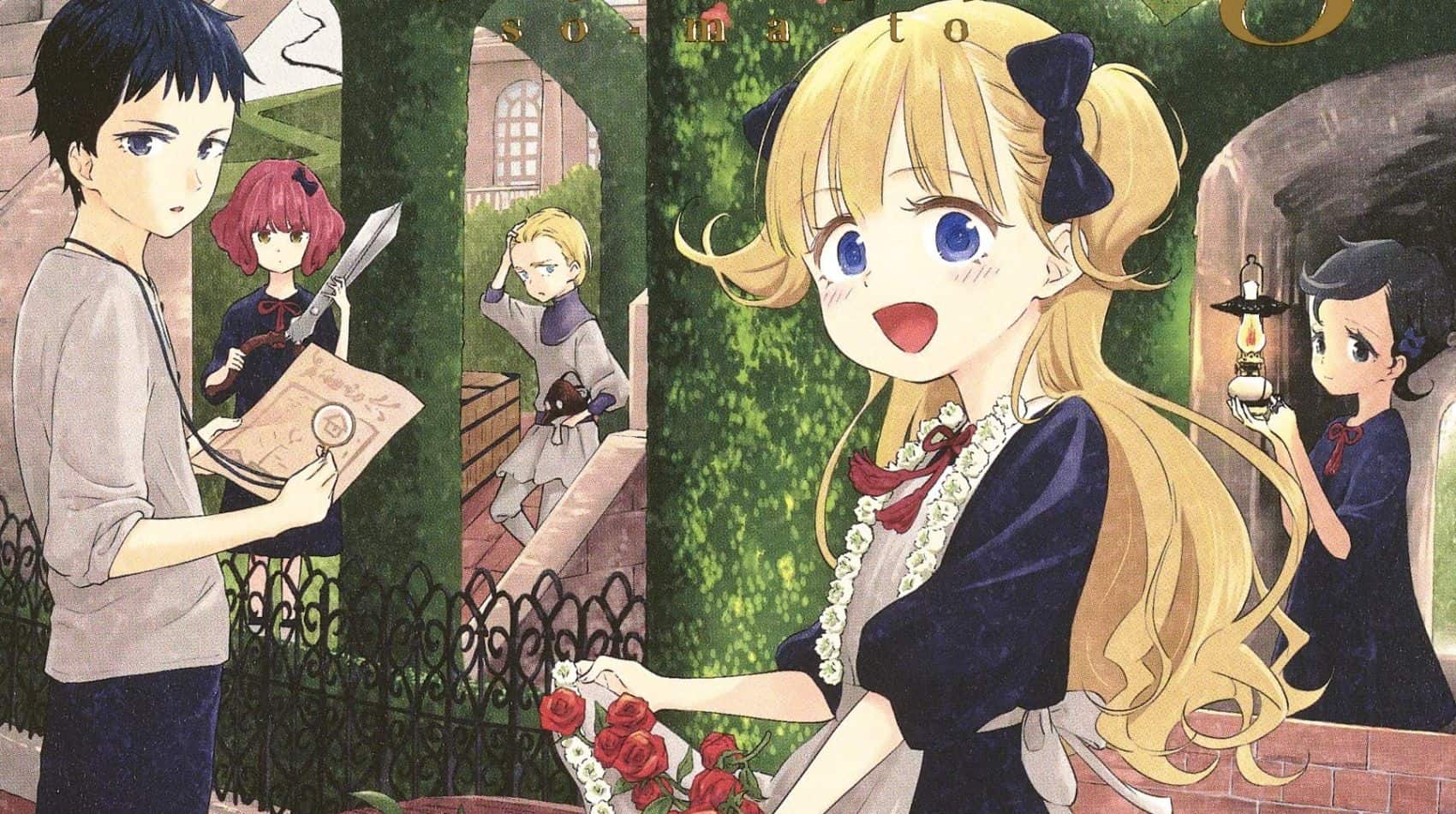
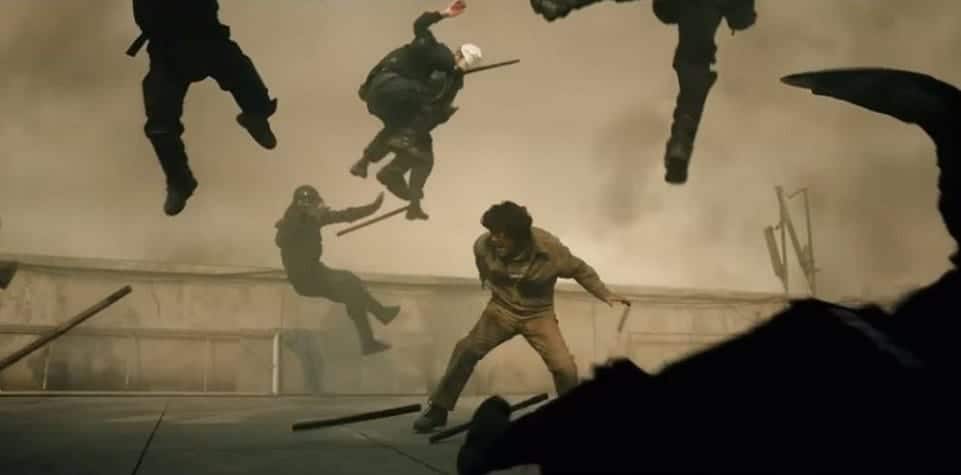
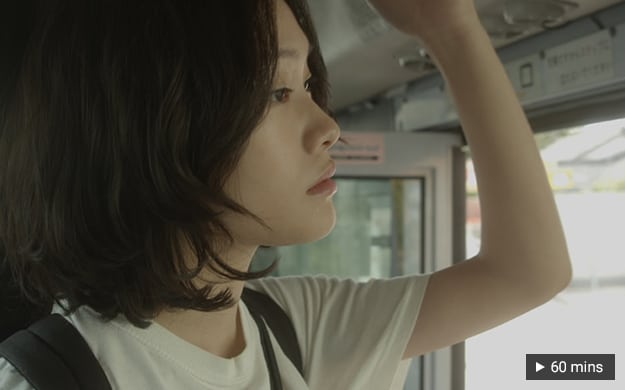







nello splendore dei film e nella gioia di vedere i film che ci deliziano costantemente ogni…